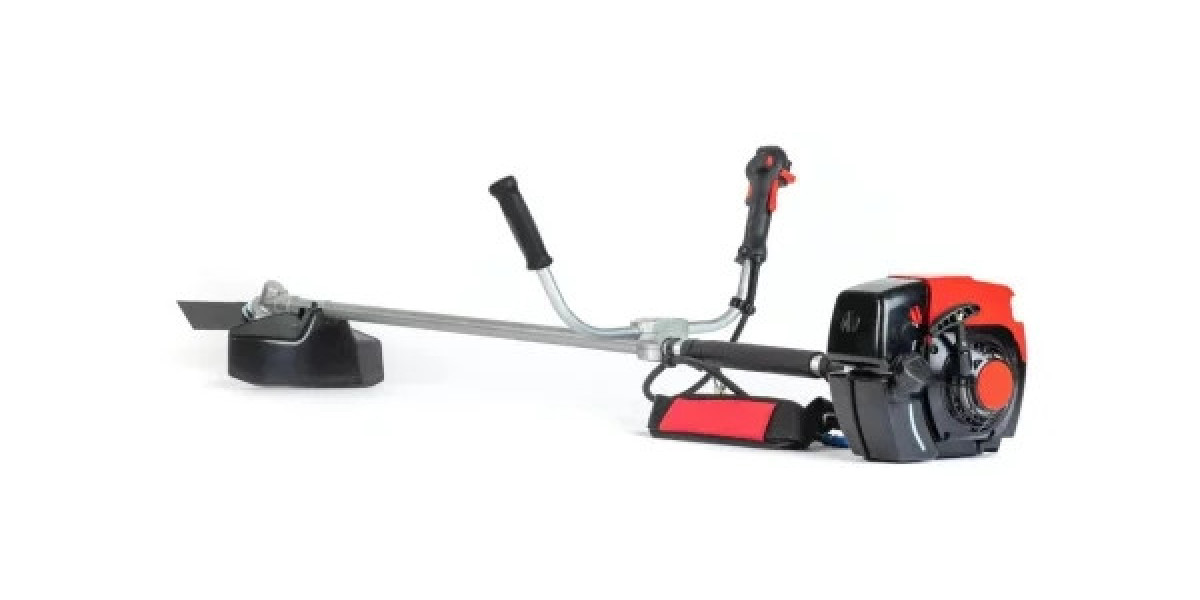Lone worker protection is an important factor in the industrial sector, where workers work alone in dangerous areas. The conventional safety mechanisms do not work as well as they are not able to offer protection instantly. These solutions develop an integrated environment that reduces the risks, enhances the response time, and complies with the regulations.
The Role of Smart Manufacturing in Lone Worker Safety
1. Real-Time Monitoring and Alerts
Lone workers are subjected to some challenges since they are hardly supervised. Smart manufacturing also uses IoT sensors and wearables to monitor the environment and the health status of the workers and raise alarms if necessary.
Sensors can measure and identify dangerous levels of gases, temperature changes, or a malfunctioning machine.
Smart accessories monitor vital symptoms and body functions to detect early signs of exhaustion or discomfort.
Supervisors receive alerts in case of possible threats and can intervene immediately.
2. AI-Powered Risk Prediction
AI is very important in identifying patterns and risks that are likely to happen in the future. Several time series analyze previous accidents and working occurrence statistics to predict the risk of future incidents to allow for the prevention of such occasions.
AI can also monitor the performance of equipment in order to predict the time when it will fail.
Lone worker schedules are adjusted to reduce their time in high-risk situations by using predictive analytics.
Effective decision-making tools suggest corrective measures in response to present conditions of the operating environment.
3. Enhanced Communication Systems
It is crucial to have an effective communication system for the lone workers who are often stationed in remote areas. Smart manufacturing solutions involve the use of sophisticated communication technologies to enhance communication.
Two-way communication devices make it possible to have direct communication with the supervisors.
Cloud-based platforms consolidate data that can be used to monitor the status of lone workers by remote teams.
The emerging AI-powered voice assistants are helpful in emergencies as they do not require hands-on operation.
4. Automated Emergency Response Mechanisms
The smart manufacturing systems also ensure that in case of an accident, the response time is minimized, thus increasing the chances of success.
Smart devices are equipped with GPS that identifies falls and provides location-based notification.
Safety procedures in dangerous situations are implemented by AI to turn off all equipment.
Smart surveillance systems enable the emergency teams to get live video feed to enable them make quick decisions.
5. Digital Compliance and Reporting
One of the significant issues of managing safety of the lone workers is the issue of regulatory compliance. Smart manufacturing has the advantage of automating the reporting process and also the collection of data on compliance.
Digital logs also keep records of safety incidents, and this is important for documentation purposes.
AI-based compliance solutions measure the state of affairs in the workplace against the best practices.
Smart dashboards help in generating actual time audit reports for compliance with safety standards.
This means that by using online monitoring, risk assessment based on artificial intelligence, valuable communication, and effective emergency response procedures, the overall risks can be lowered multiply.
The Bottom Line
Smart manufacturing technologies are now being incorporated into lone worker safety measures and the security in the workplace is changing. They do not only safeguard the workers but also improve the operations and the fulfillment of legal requirements. Therefore, it is evident that investing in smart solutions is the best way to achieve a safer and more productive industrial environment.



